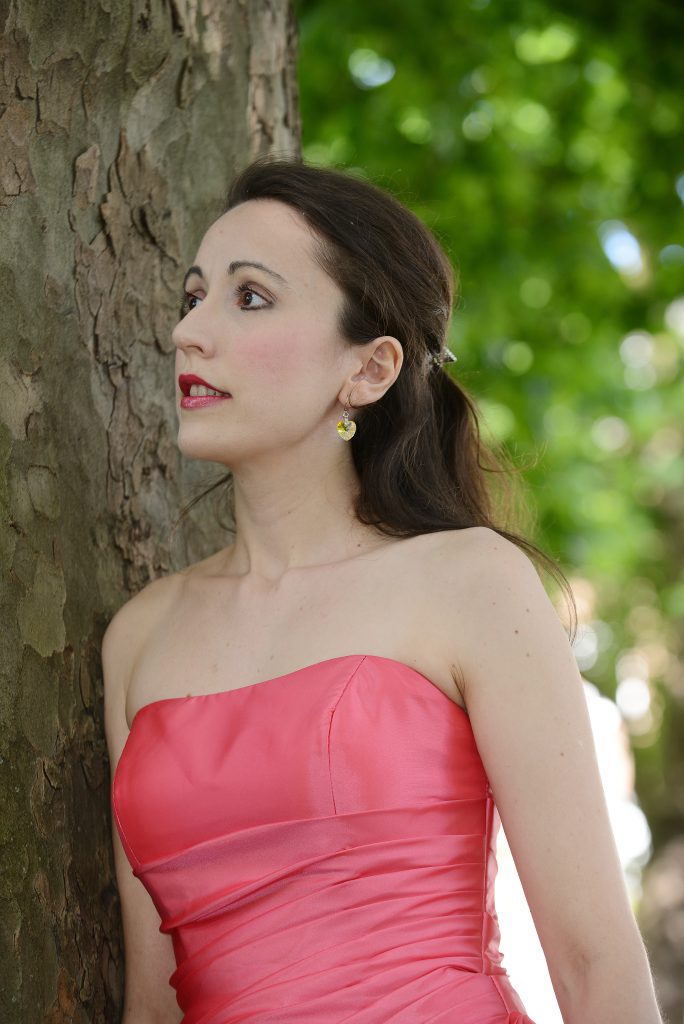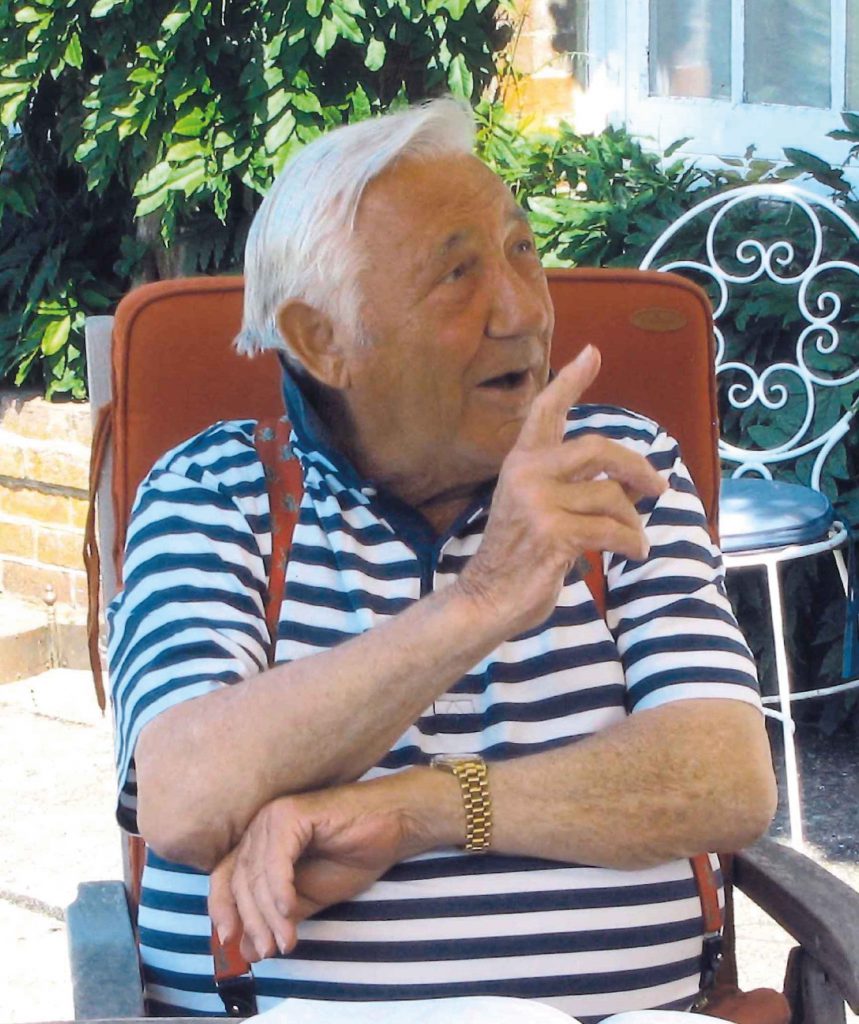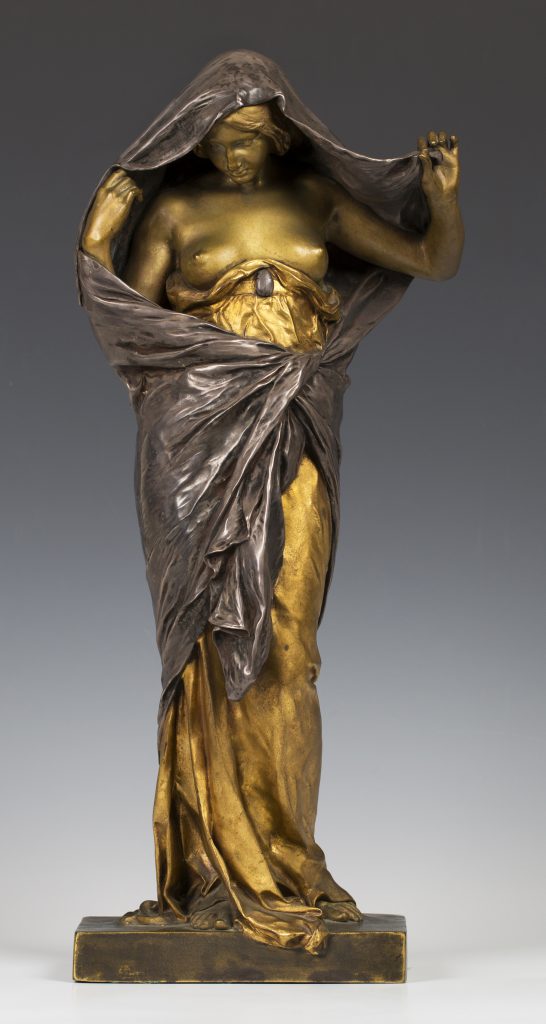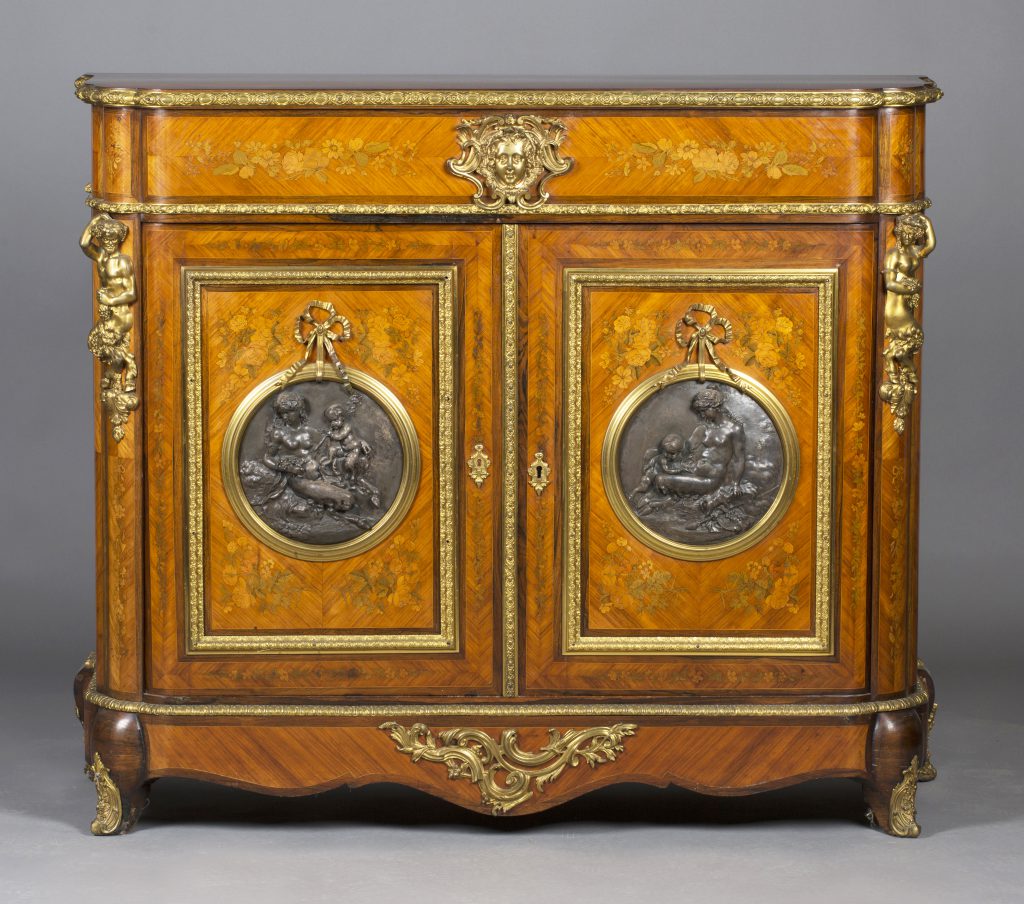
The acclaimed Sussex born British pianist, Maria Marchant, has recently released her new album with SOMM Recordings. ‘Echoes of Land and Sea’ is a recording of outstanding virtuosity which has been celebrated by many of the nation’s leading music critics including BBC Radio 3’s Record Review.
‘Echoes of Land and Sea’ highlights the rich repertoire of solo piano music by leading British composers including Benjamin Britten, Ronald Stevenson, John Ireland, Kenneth Leighton and Gustav Holst. Covering a century of music the recording takes the form of a recital which carries the listener on a journey through the British landscape of the 20th century to the present day with Roderick Williams’ composition, ‘Goodwood by the Sea’.
Maria Marchant is no stranger to Sussex performing with Andrew Bernardi’s 1696 Stradivarius Trio at the Shipley Arts Festival.
The composers included in this recital were at one time or another inspired by Britain and her remarkable landscape and coastline.
Maria’s virtuosity gives extraordinary life to her performances which combine a generous discipline and finesse with undoubted passion.
These qualities are apparent in this album which opens with Benjamin Britten’s ‘Holiday Diary Op. 5’. The precocious talent of Britten, even as a young man of twenty, is immediately apparent. The youthful exuberance of ‘Early Morning Bathe’ captures the joy and excitement of bathing in the sea and contrasts with the subtlety of ‘Sailing’ which gives voice to the experience of the play of light on the water and the changing breeze of an incoming tide. Maria’s rendition of Britten’s ‘Night’ is achingly beautiful. The depth, melodic space and stillness she conveys in this piece is overwhelmingly moving.

Roderick Williams’ ‘Goodwood by the Sea’ brings us right up to date. Roderick is one of the nation’s leading baritones and emerging composers. The Shipley Arts Festival commissioned the work for Maria and I was blessed to be at Goodwood House on the night it was premièred at the start of the 2016 Festival. The piece provides an impressionistic articulation of the sea. I have longed to be able to adequately describe the whoosh and clatter of waves breaking on the pebbles of a beach and the feeling of being so very alive as the wind carries the salty spray ashore and the elements overwhelm the senses. And yet here Roderick and Maria convey all this and more allowing us to glimpse something of the world beyond our immediate perception.
Roderick Williams wrote of Maria thanking her “for her haunting magical première of ‘Goodwood by the Sea’…she brought my music alive with great sensitivity and made it glow in a way I had not imagined possible.” Maria’s is the first recording of the work and it is filled with the life of her live performance.
Rarely do you find a CD recording of such quality. Maria Marchant’s exceptional musicianship engages the listener with the energy and life of a live performance. If you only buy one album this year it should be this one. Echoes of Land and Sea is fantastic. Copies are available from www.somm-recordings.com/recording/echoes-of-land-sea/ and all good record retailers.
By Rupert Toovey, a senior director of Toovey’s, the leading fine art auction house in West Sussex, based on the A24 at Washington. Originally published in the West Sussex Gazette.



